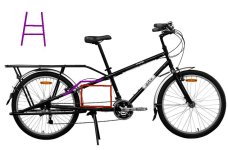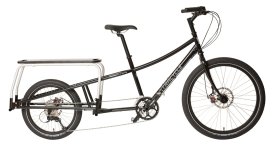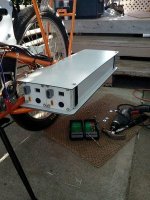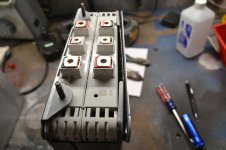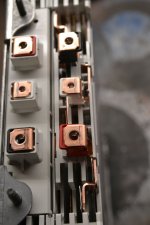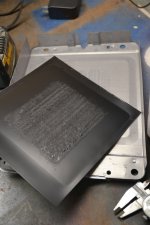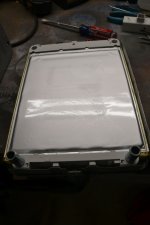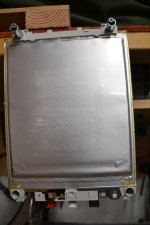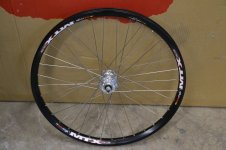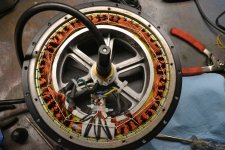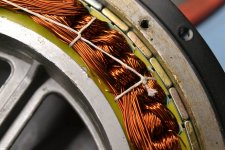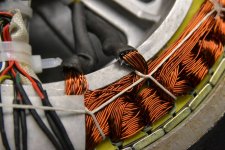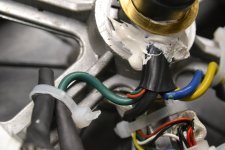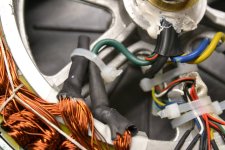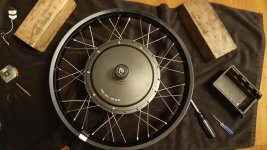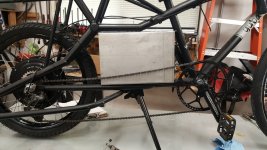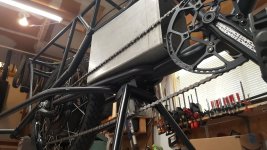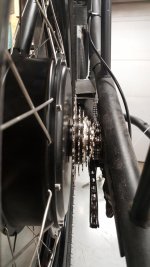The cells in the middle of the pack will get a lot hotter than the ones exposed to the thermal management system, unless you individually heatsink each one with fluid cooling in the heatsinks. :/
It's much easier (and cheaper in the long run) to get better cells in the first place.
But if you have to use cells that don't really fit the application as well as you'd like, then you can parallel two or more sets of them.
As for power used on a cargo bike, it depends on the loads and terrain, and the controllers and motors.
On SB Cruiser, my heavy cargo / dog carrier trike, in it's present configuration it pulls over 80A at startup, using two hubmotors in 20" wheels, one on a "40A" controller, and one on a "30A" controller (both 12FETs). Obviously if it's pulling 80A then one or both controllers are actually using more current than their ratings, by some amount. I dont' know it's exact weight but I'd say over 300lbs easy.
I dont' know it's exact weight but I'd say over 300lbs easy. 
It also only gets about 60Wh/mile on a 20+ mile trip with long stretches between stops/starts (maybe one every mile on average if I make a few lights), and is much worse (80-90Wh/mile or more) on a 4-6 mile trip with at least 30 stops/starts, with little difference in total load. This is cruising at just under 20MPH, and accelerating *to* that speed as quickly as possible (several seconds at best right now). No pedalling (it's only geared to pedal at a few MPH or less, in case the motors fail).

It's much easier (and cheaper in the long run) to get better cells in the first place.
But if you have to use cells that don't really fit the application as well as you'd like, then you can parallel two or more sets of them.
As for power used on a cargo bike, it depends on the loads and terrain, and the controllers and motors.
On SB Cruiser, my heavy cargo / dog carrier trike, in it's present configuration it pulls over 80A at startup, using two hubmotors in 20" wheels, one on a "40A" controller, and one on a "30A" controller (both 12FETs). Obviously if it's pulling 80A then one or both controllers are actually using more current than their ratings, by some amount.
It also only gets about 60Wh/mile on a 20+ mile trip with long stretches between stops/starts (maybe one every mile on average if I make a few lights), and is much worse (80-90Wh/mile or more) on a 4-6 mile trip with at least 30 stops/starts, with little difference in total load. This is cruising at just under 20MPH, and accelerating *to* that speed as quickly as possible (several seconds at best right now). No pedalling (it's only geared to pedal at a few MPH or less, in case the motors fail).


